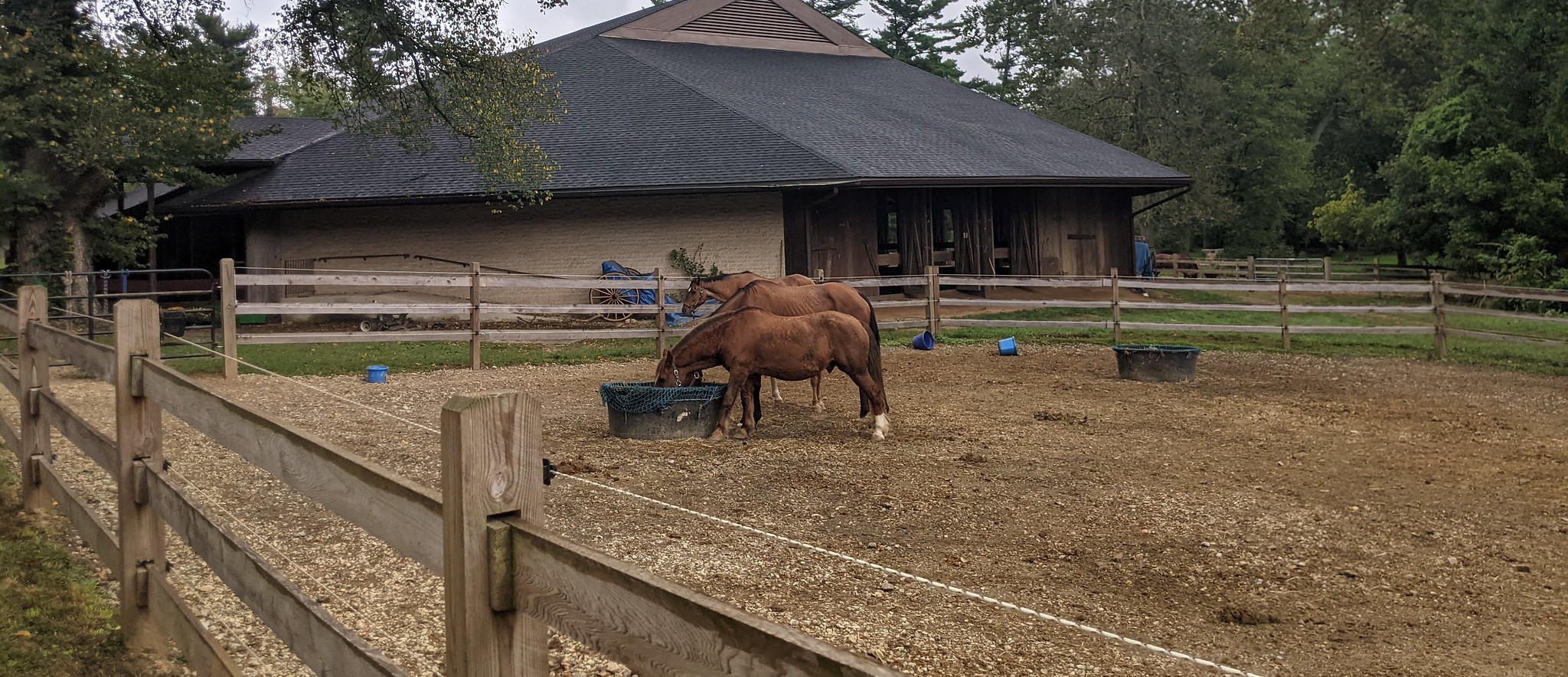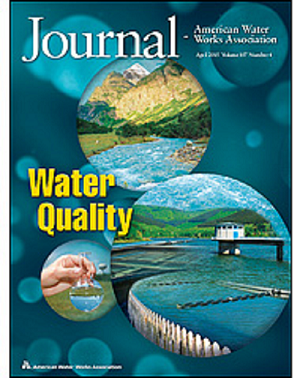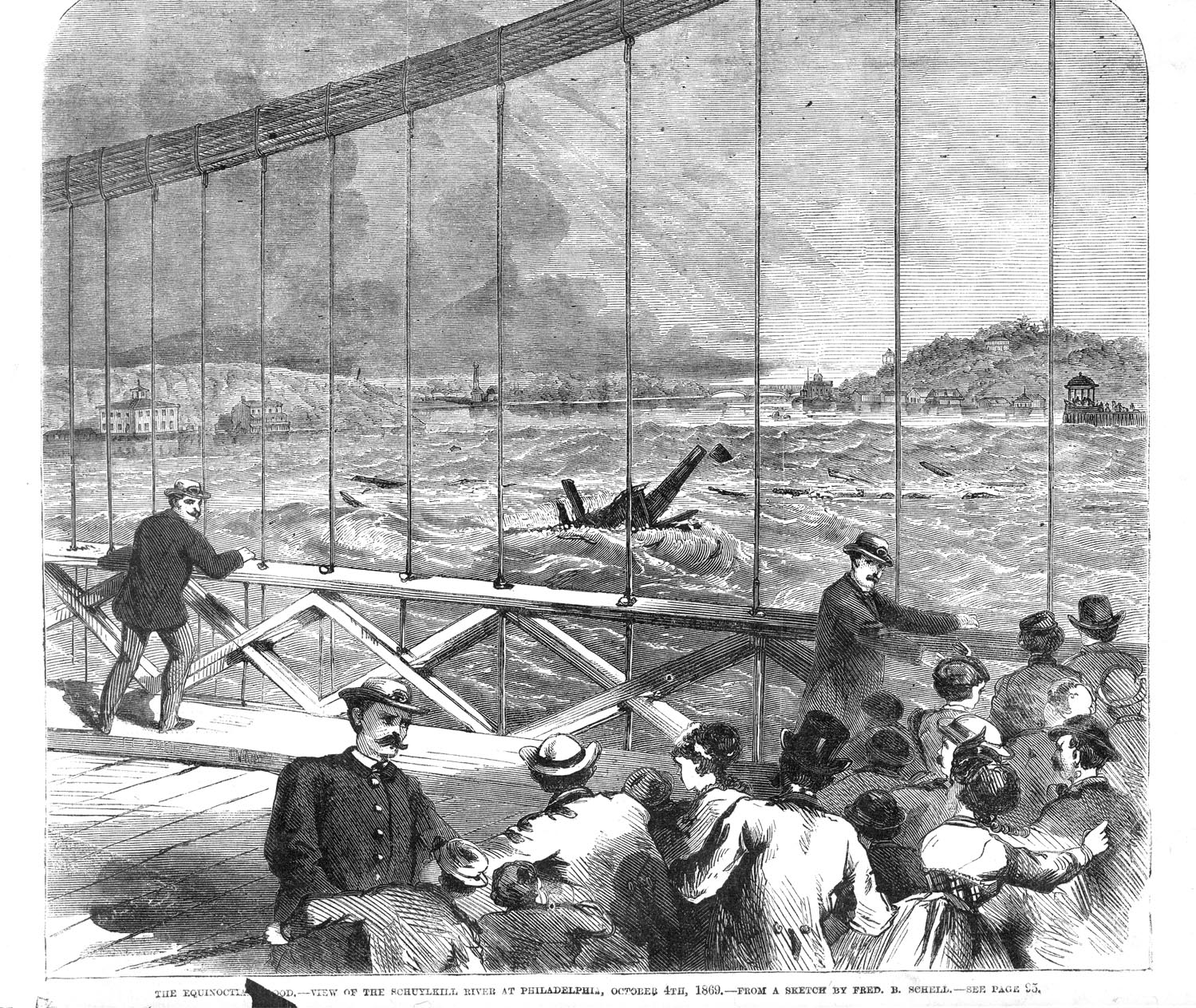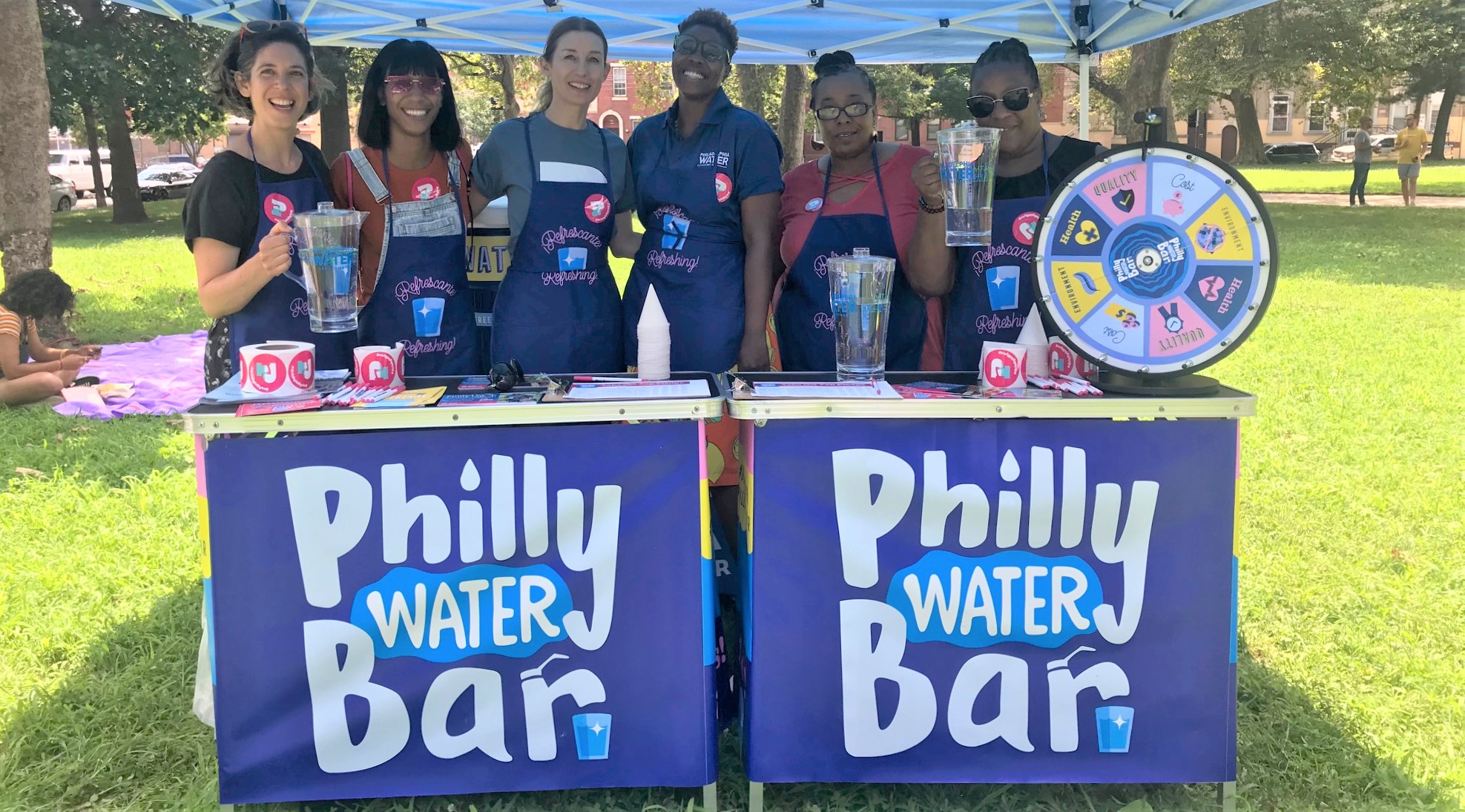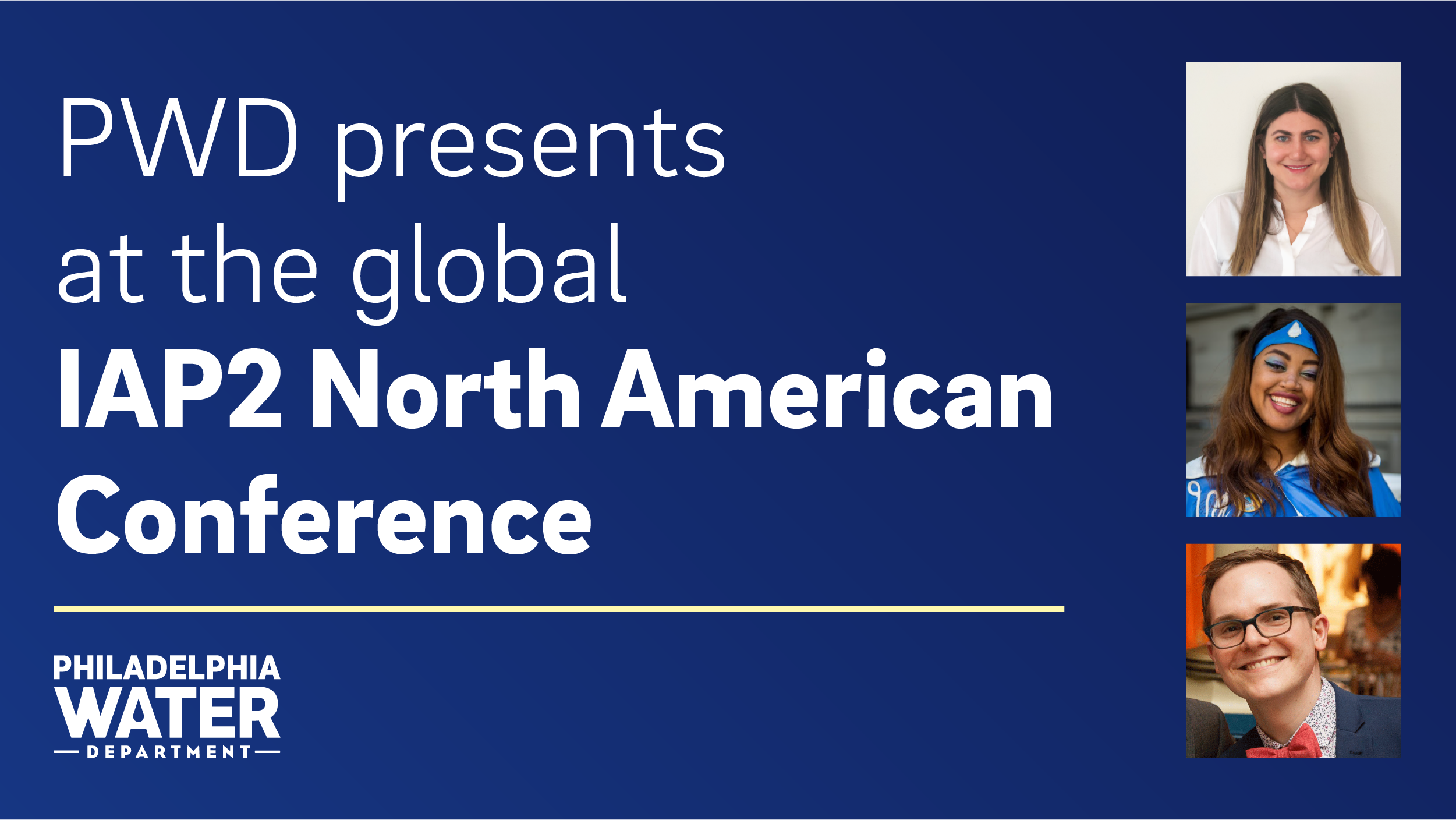September 26 through October 2 marks the first #SourceWaterProtectionWeek — a new campaign spearheaded by the American Water Works Association, a nonprofit that brings together water providers like the Philadelphia Water Department to take on pressing issues that impact our most precious natural resource.
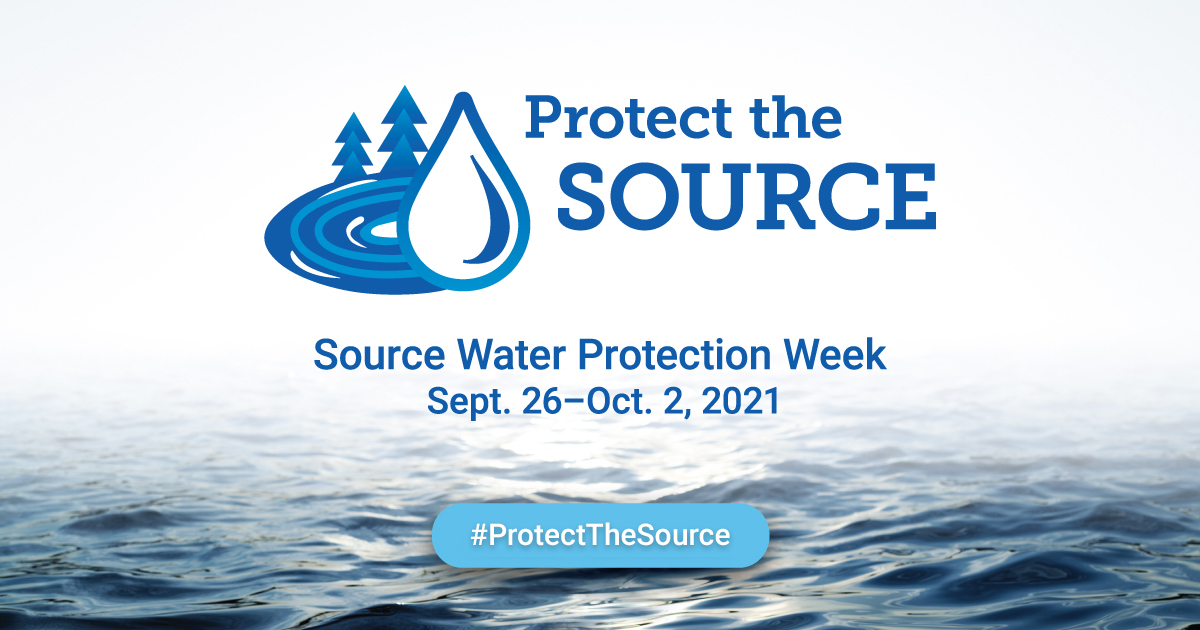
Philadelphia has a long history when it comes to the practice of protecting the sources of our drinking water. The most famous example? Fairmount Park’s origins as a means of preserving forests around the Wissahickon Creek and Schuylkill River to protect water quality.
With our Green City, Clean Waters program now in its 10th year, Philadelphia boasts thousands of green infrastructure systems soaking up stormwater to reduce sewer overflows and has again returned to working with nature to reduce human impacts on our watershed.
However, with only a small percentage of the area that drains into the Delaware and Schuylkill Rivers — the source of our drinking water and approximately 13 million other people in three states — under Philadelphia’s jurisdiction, our efforts to protect our water have evolved well beyond limiting what we put in our waterways.
“When people think of source water protection, they think of all the different policies, programs, and infrastructure in place to protect our drinking water supply at the source,” says Kelly Anderson, manager of the Philadelphia Water Department Watershed Protection Program.
“But there’s also more to our Watershed Protection Program when you take into account things like data collection and analysis and computer models looking at the flow of water,” Anderson notes. “It is all ultimately tied to a source water protection approach, which recognizes the connections between the health of aquatic life, the health of our rivers, and the quality of our drinking water.”
Working with Upstream Partners to Improve Water Quality
On one hand, the Philadelphia Water Department invests in physical barriers that help reduce pollutants in our waters, both locally and throughout the Delaware River watershed through organizations like the Schuylkill River Restoration Fund.
Since 2006, the Schuylkill River Restoration Fund collected more than $4.6 million from donors including the Philadelphia Water Department and leveraged another $5 million for more than 121 projects that protect and restore the Schuylkill River.
Recently, the fund held an event at the City’s Northwestern Stables site to highlight improvements funded in part by the Water Department and leveraged by additional investment from the federal government. The event also introduced seven new projects being funded in 2021 that will improve water quality throughout the Schuylkill watershed.
New drainage systems on the historic property, off Northwestern Avenue on Philadelphia’s most northwestern border, help direct stormwater away from areas with heavy horse traffic, reducing erosion and the flow of animal waste into the nearby Wissahickon Creek.
“With a public-private partnership like the Schuylkill River Restoration Fund, we can make a really strong business case for watershed investment because it allows us to leverage dollars from existing grant programs to make our contributions to source water protection go much further and get more projects in the ground,” says Alison Aminto, an environmental engineer and manager in the Watershed Protection program. “We get more bang for our buck in multiple ways when you look at those upstream watershed investments.”
Watch: Why Water Utilities Partner to Reduce Farm Runoff
Advocacy and Education Help Protect the Source
Beyond helping to invest in projects that limit pollution from agriculture, suburban runoff, and abandoned coal mines, working with organizations like the Schuylkill Action Network and Partnership for the Delaware Estuary allows Philadelphia to advocate for policies that protect our water and educate the entire watershed community about things we can all do to make water quality improvements.
Just making an effort to help people understand that the water at their kitchen tap, as well as in local favorites like beer and pretzels, comes from local rivers can go a long way in getting more buy-in for source water protection efforts.
“Education is another aspect of source water protection that people don’t always think of as part of protecting our water. Just having people make the connection between the health of local waterways and the quality of their drinking water is a big win for the Water Department because it gets people invested in protecting water on a personal level,” says Aminto. “That really gets people thinking in a different way.”
Falling under that umbrella are campaigns like Philly’s annual Spokesdog event, which gets the word out about how pet waste harms local waters when left on the street or grass.
Research and Sampling to Bolster Upstream Efforts
On a more technical level, the Water Department also has a variety of efforts that add up to what is referred to as a “multi-barrier approach” that ensures drinking water is both clean and reliably abundant.
“Ultimately, our treatment plants do the bulk of the work when it comes to ensuring our water is safe to drink, but source water protection is about keeping our waters clean upstream,” says Aminto. “It’s about recognizing water quality extends much farther upstream than what is happening at our intakes.”
Some of the efforts that help our drinking water plants bring in clean water:
- Sampling for PFAS chemicals and other unregulated contaminants in source waters
- Creation of the Delaware Valley Early Warning System to alert all water utilities in the basin when there is a potential threat from incidents like chemical leaks or oil spills.
- Working with partner organizations upstream to implement best management practices on agricultural lands to help control the quantity and quality of agricultural runoff entering Philadelphia’s source rivers.
- Highly granular computer modeling allowing Philadelphia to advocate for specific river flow levels that help protect our Delaware River intake from saltwater intrusion.
While our efforts have expanded to follow the science and take into account factors like climate change, the bedrock idea behind all that work isn’t far off from the impulse that had City planners set aside forested land to protect the Schuykill some two centuries ago: protect the source.
“Drinking water protection always starts at the source—it might be a cliche, but it is a truth too,” says Aminto.
